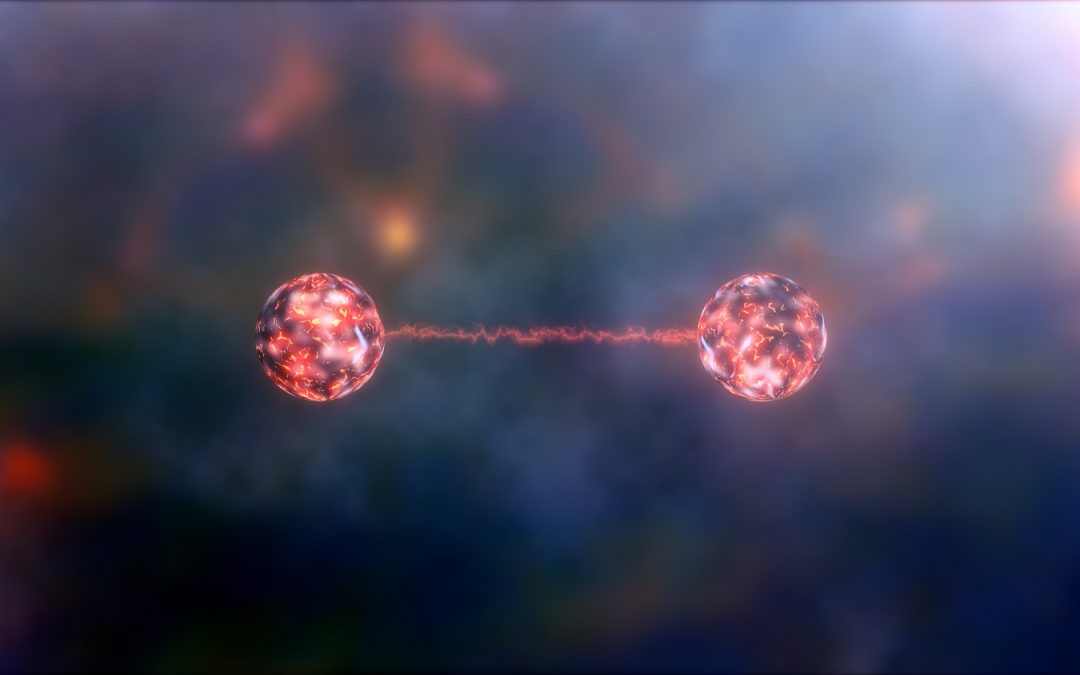
by admin | Jul 25, 2024 | engineering and tech, physical sciences
Studying single molecules provides researchers with unique insights into biological mechanisms and processes and allows them to visualise microscopic structural and functional differences. However, results can be unpredictable, and investigations are labour-intensive and expensive, often requiring extensive training and highly specialised laboratory equipment. Dr Rishabh Shetty and colleagues at Arizona State University, the California Institute of Technology, and the Massachusetts Institute of Technology, USA, have recently developed a simplified single-molecule assessment technique to overcome these limitations with a view to increasing accessibility and precision in molecular-level research.

by admin | Jul 24, 2024 | physical sciences
In the world of chemistry, solvate-assisted grinding is a new method that could revolutionize how we make important chemical compounds. Researchers Henry DeGroot and Dr. Timothy Hanusa at Vanderbilt University have developed this technique, which uses mechanical energy instead of traditional liquids. This not only makes the process more efficient, but also reduces pollution. It could lead to better medicines, advanced materials, and cleaner chemical production methods.

by admin | Jul 27, 2023 | engineering and tech, physical sciences
Satellites are vital to modern civilization, powering the GPS in our phones, enabling long-range communication, and giving us insights into Earth’s climate and the universe beyond. We now launch thousands of new satellites into space each year, dramatically increasing the risk of collisions. Such satellite collisions create debris that can damage more satellites. Thomas Kleinig and his colleagues are developing and testing a new approach to avoid collisions by exploiting a unique property of the thin atmosphere that satellites travel through.

by admin | Jun 21, 2023 | physical sciences
To understand how the smallest known particles in our universe form structures, scientists need to use sophisticated mathematical models and techniques. These help scientists to estimate the energies of these particles, to work out how they combine and interact. In a recent paper, Dr Eef Van Beveren from the Centre for Physics of the University of Coimbra and Dr George Rupp from the Centre of Physics and Engineering of Advanced Materials of the University of Lisbon review the techniques that have led to scientific discoveries about mesons – subatomic particles that exist for tiny fractions of a second. They also discuss how such techniques may evolve into the future.

by admin | Mar 8, 2023 | physical sciences
Particles of the material bismuth telluride have unique properties: the interior of the particle acts as an insulator, but its surface can conduct electricity. In their recent research, Professor Gabi Schierning at Bielefeld University, Germany, and her collaborators at the University of Duisburg-Essen and IFW Dresden, offer fascinating insights into the properties of bismuth telluride particles. The team’s work may pave the way for their use in technological applications.

by admin | Feb 8, 2023 | physical sciences
In a recent paper, Dr Philip Norcott at the Australian National University proposes a new strategy to improve nuclear magnetic resonance spectroscopy and imaging, a technique widely used in biology, chemistry, and medical imaging. A difficultly in these applications of nuclear magnetic resonance is low sensitivity and the potential for multiple signals to overlap, and existing techniques may only improve one of these factors without addressing the other. Dr Norcott suggests and tests a novel technique that offers the best of both worlds.






